October 29, 2025
Data Shows Endangered Palau Ground Doves Swiftly Recovering After Successful Palauan Island Conservation Effort
Astounding evidence of recovery on Ulong Island in Palau after just one year!
Published on
November 23, 2016
Written by
Sara
Photo credit
Sara

Conservation projects to save native plants and animals are well-underway in the Galápagos.
The Galápagos Islands are renowned for their astonishing biodiversity and are famous for their essential part in the development of Charles Darwin’s Theory of Evolution. But ever since human settlement, the Galápagos Islands have suffered ecological deterioration. Fortunately, lots of people are working hard to restore and protect these iconic islands.
Galápagos Conservation Trust’s magazine “Galápagos Matters” features conservation projects taking place on the islands and their surrounding waters. The 2016 Fall/Winter issue includes a piece by Island Conservation’s Galápagos Program Director Karl Campbell on the Floreana Restoration Project. Island Conservation is working closely with the Floreana Island local community to plan an invasive species removal project for their island. Invasive species present on the island threaten native plants and wildlife. In fact, the Critically Endangered Floreana Mockingbird, Floreana Racer (a snake), and 11 other species are no longer found on this island due to invasive species. Through invasive species removal, we can restore Floreana’s ecosystem and provide safe habitat for the return of the mockingbird, racer and other species. Karl Campbell commented:
Floreana has the highest concentration of species threatened by invasive mammals of any Galápagos Island, with 55 IUCN Red-Listed species present. It is a large, complex project, but the return on investment is huge and we’re forging a process that can be replicated on other inhabited islands. It’s really exciting.
The restoration of Floreana Island’s ecosystem will benefit not only native wildlife, but also the health, agricultural production, and tourism endeavors of the local community.
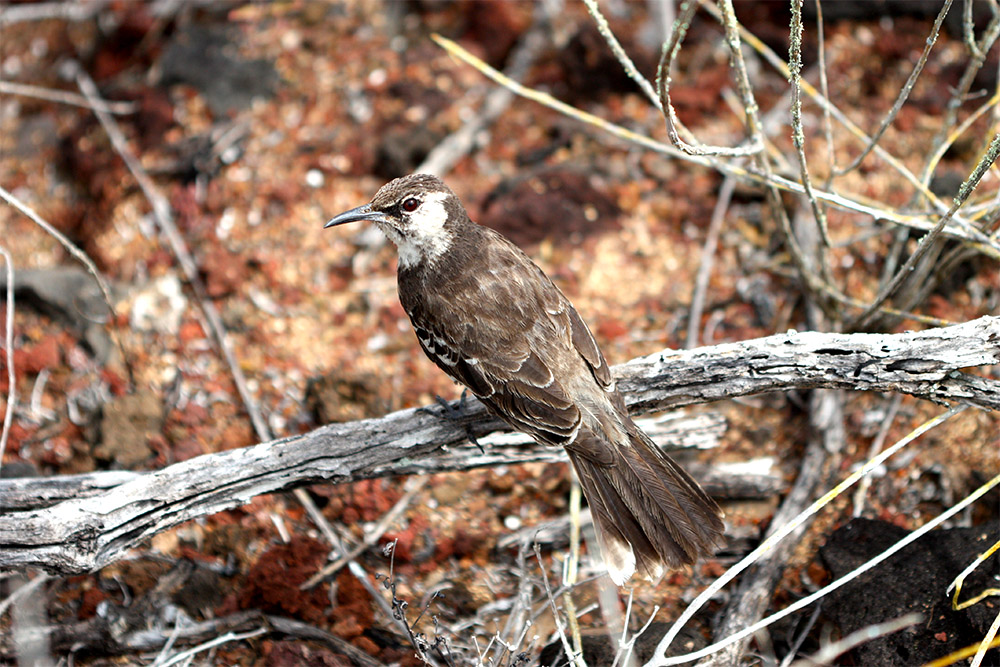
This is just one of many incredible projects being implemented in the Galápagos Islands. Learn more in Galápagos Matters
Featured photo: Floreana Island coastline. Credit: Paula Castano
Check out other journal entries we think you might be interested in.

October 29, 2025
Astounding evidence of recovery on Ulong Island in Palau after just one year!
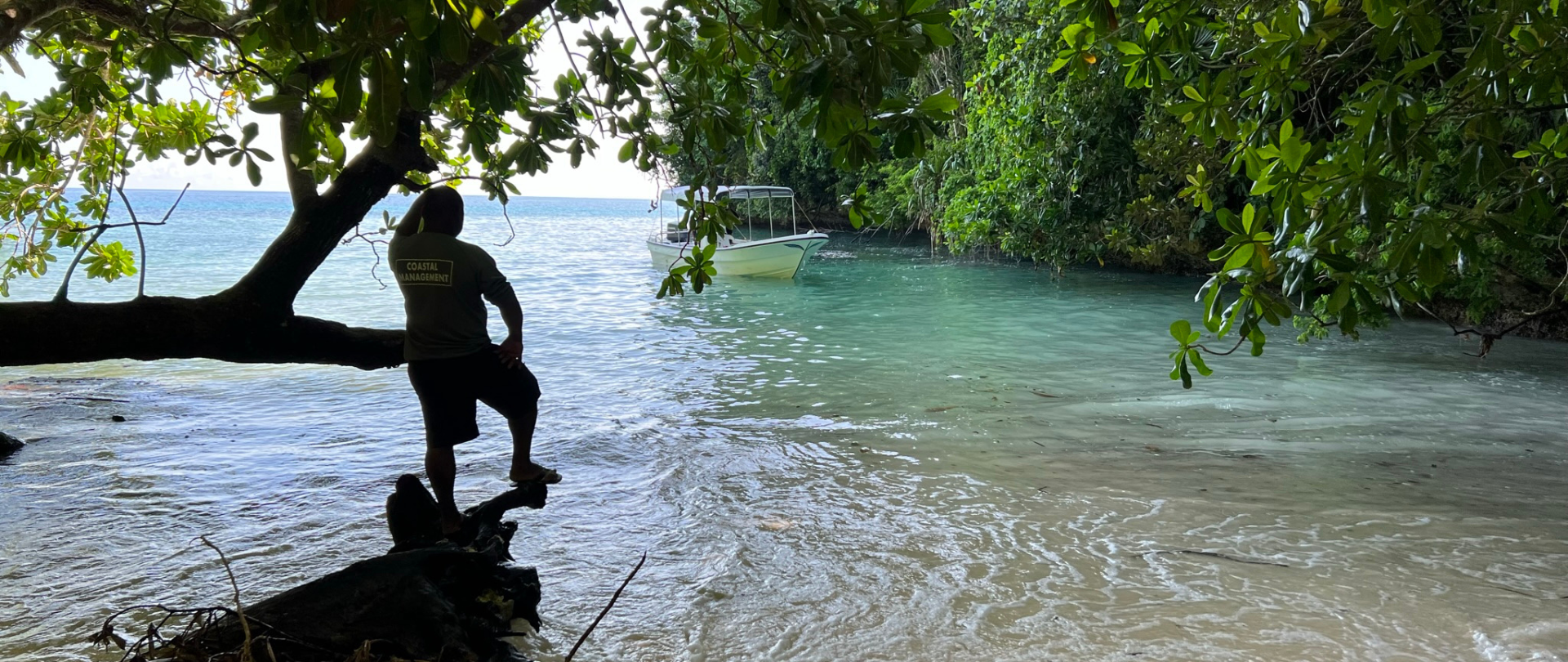
May 19, 2025
Read our position paper on The 3rd United Nations Ocean Conference (UNOC 3) to see why we're attending and what we aim to accomplish!
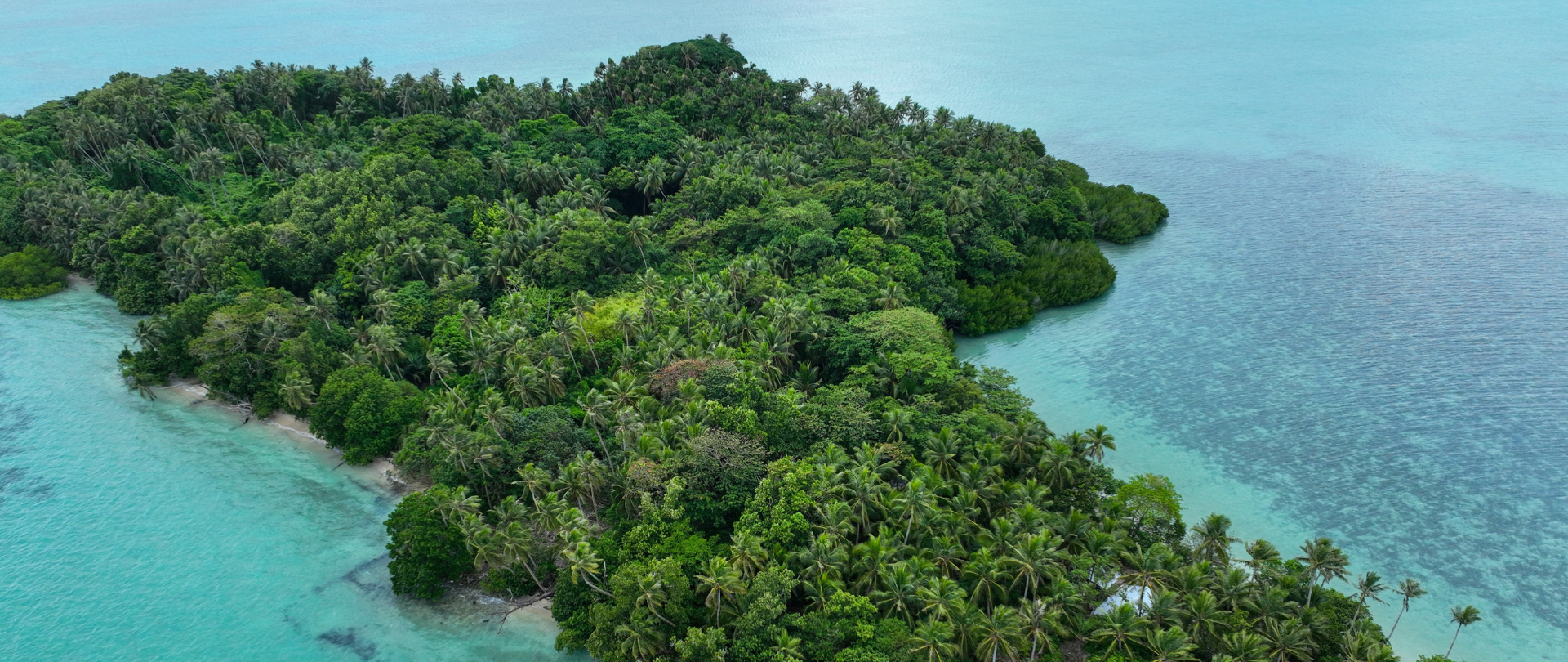
December 4, 2024
Ann Singeo, founder of our partner organization the Ebiil Society, shares her vision for a thriving Palau and a flourishing world of indigenous science!
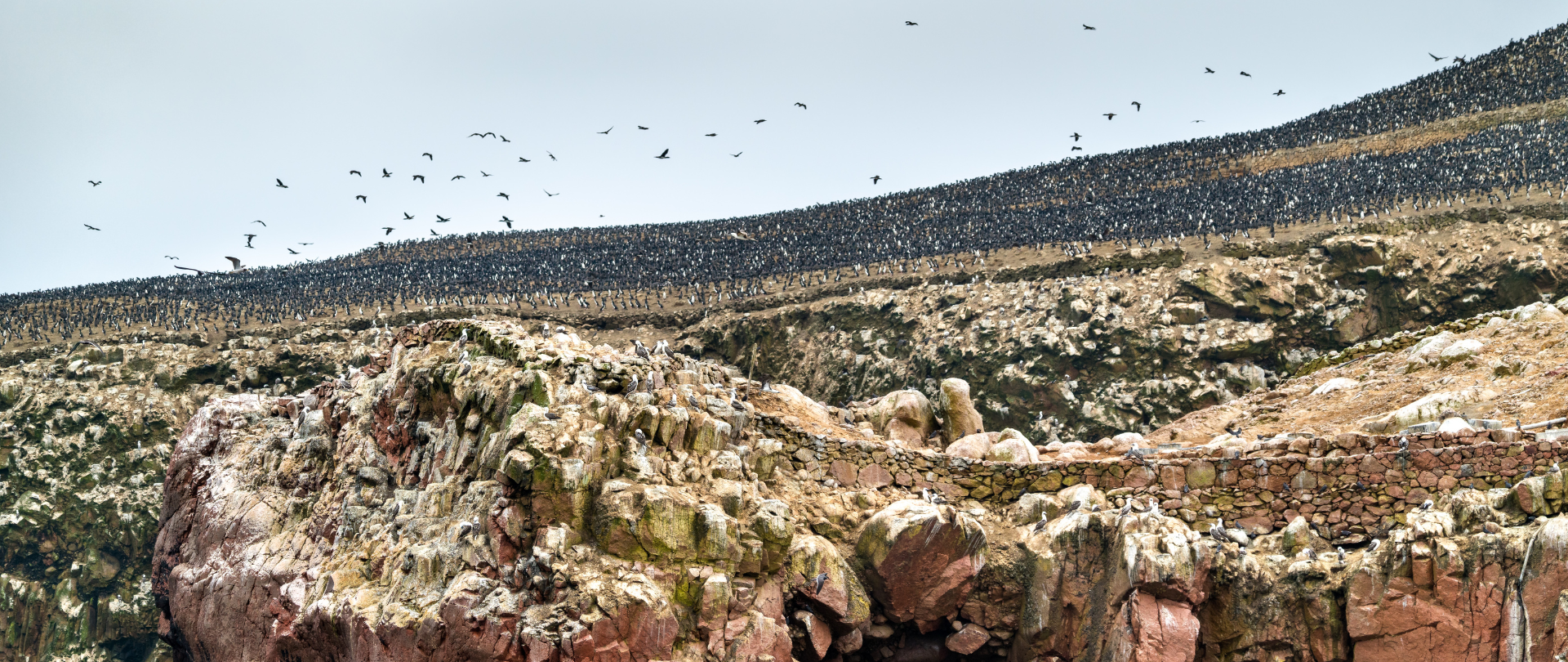
November 22, 2024
This historic agreement aims to protect the marine and coastal areas of the Southeast Pacific.
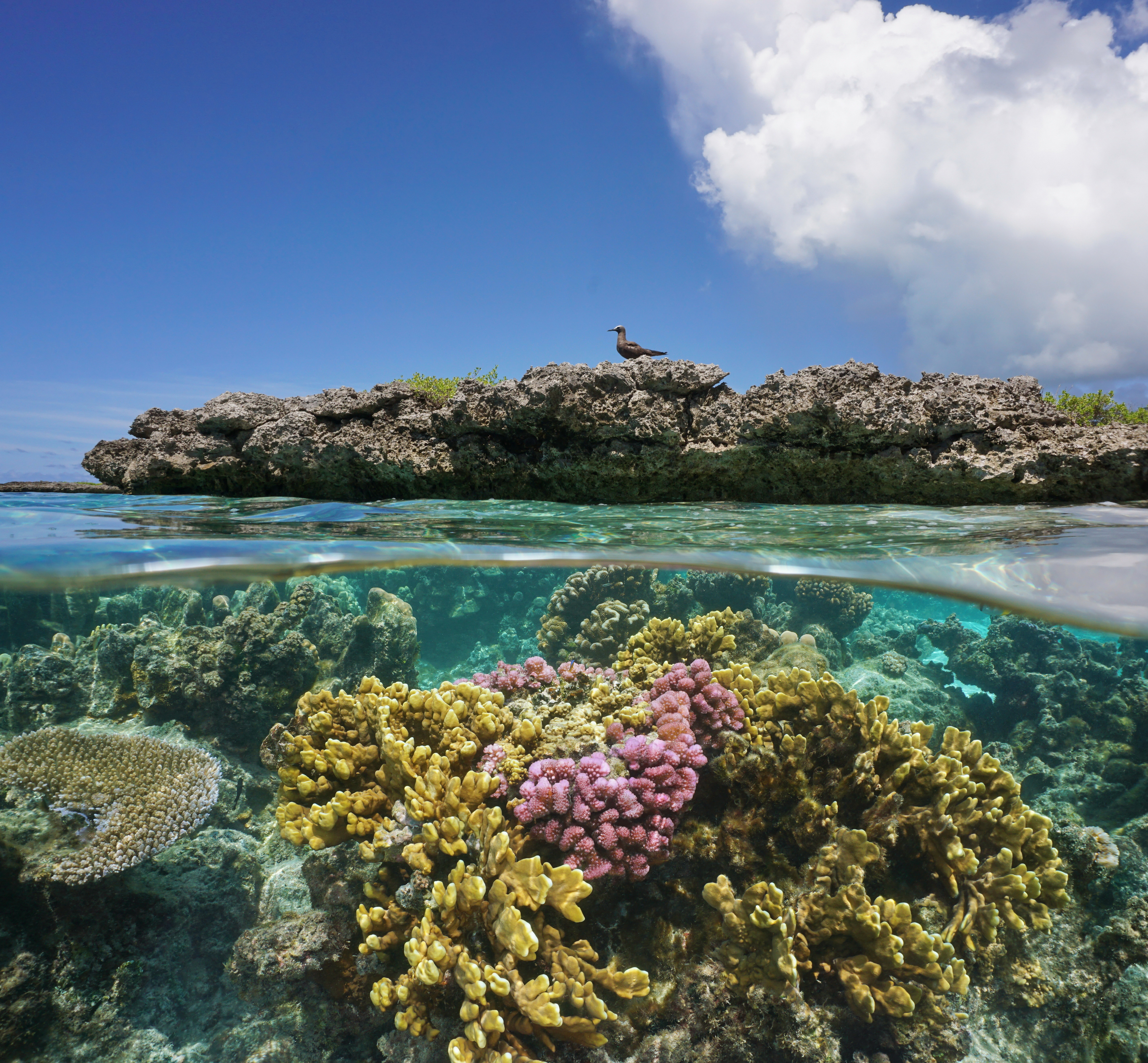
November 18, 2024
Our projects to restore key islets in Nukufetau Atoll forecast climate resilience and community benefits in Tuvalu!
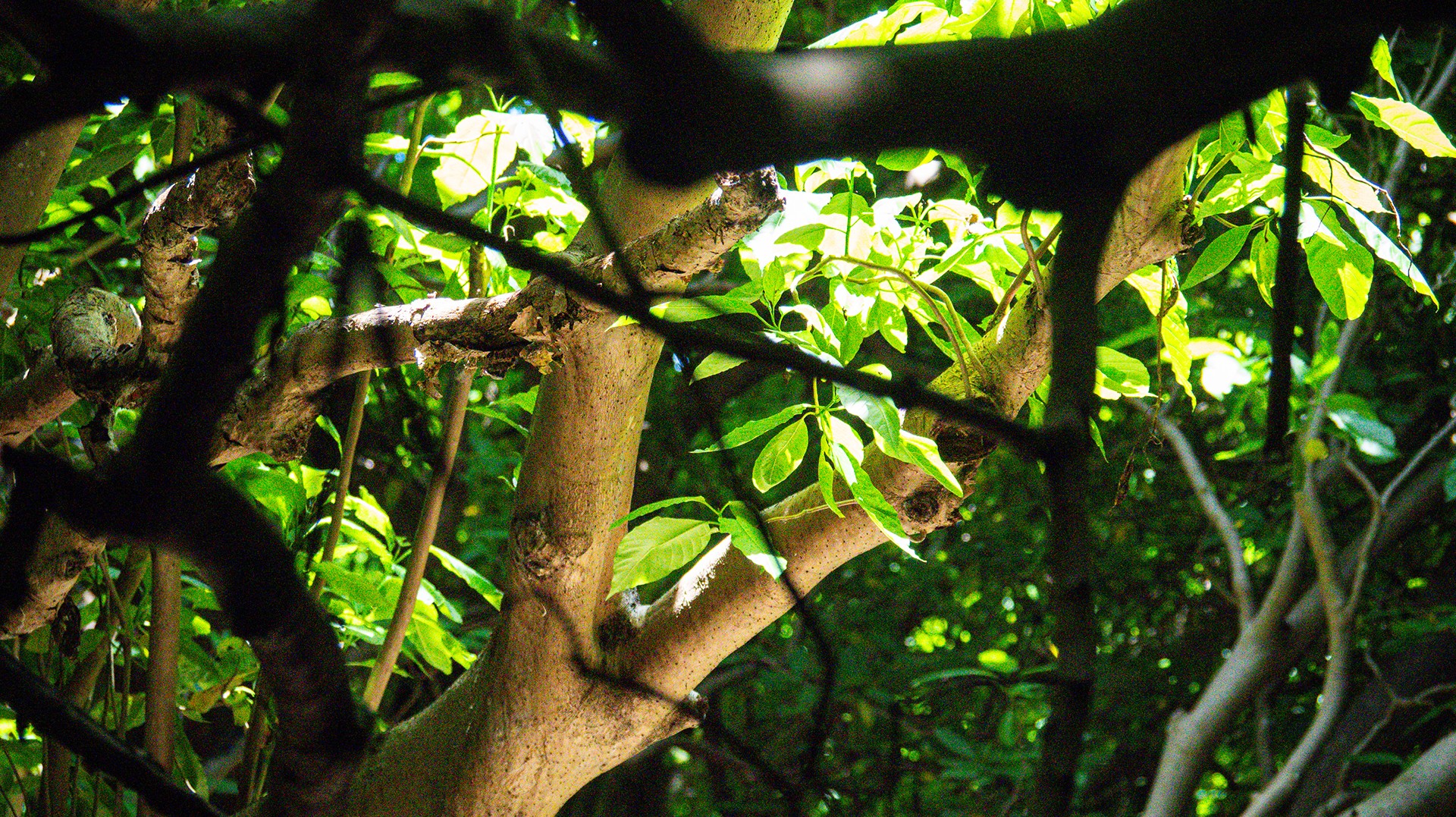
October 3, 2024
Island Conservation and partners have published a new paper quantifying ecosystem resilience on restored islands!
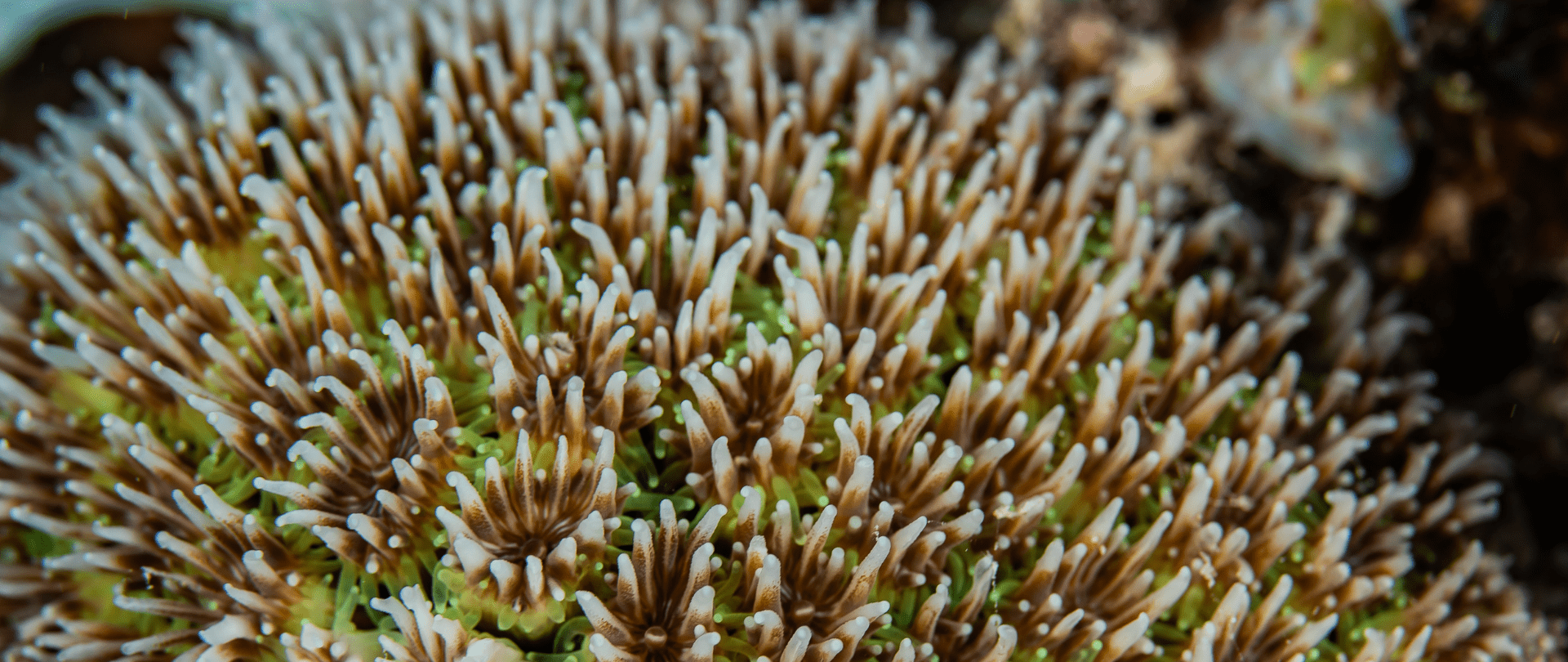
September 10, 2024
Climate Week NYC: what is it and why is it important? Read on to find out why Island Conservation is attending this amazing event!

September 5, 2024
With sea levels on the rise, how are the coastlines of islands transforming? Read on to find out how dynamic islands really are!
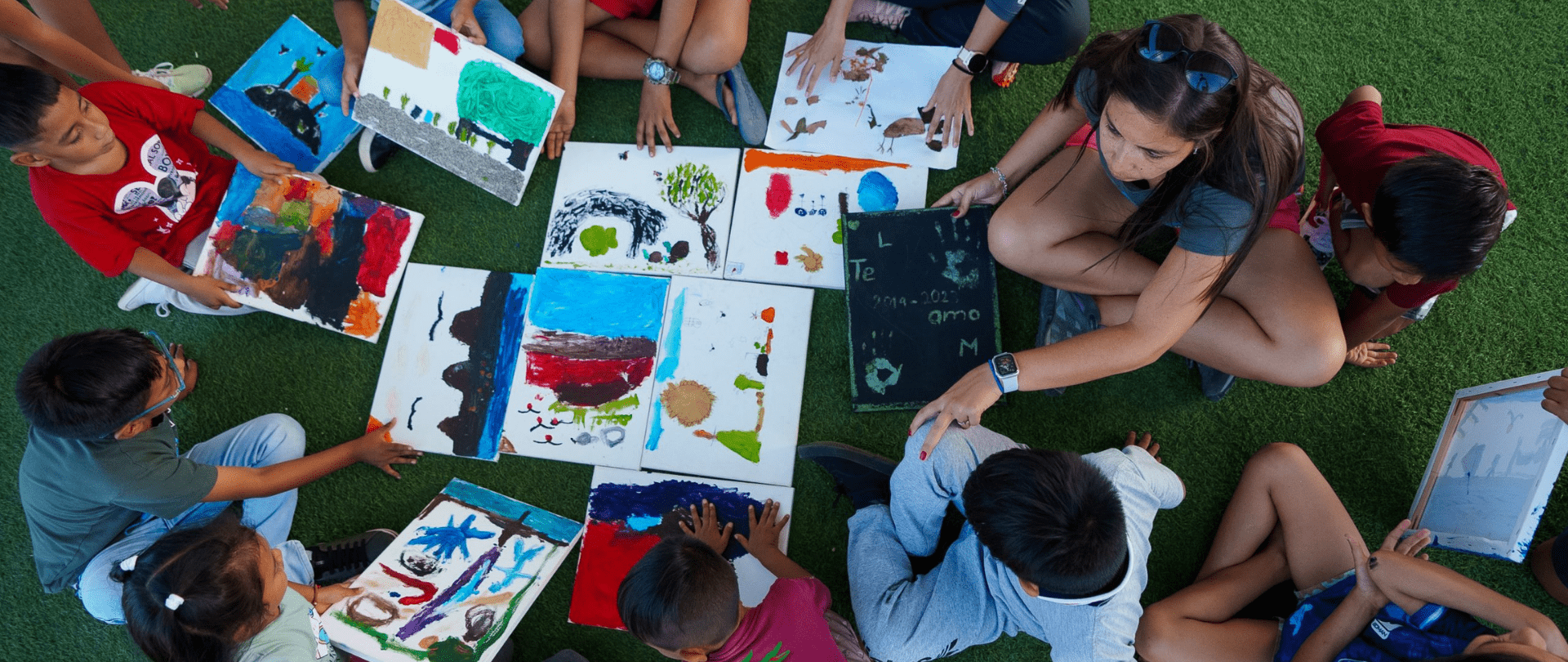
December 14, 2023
Join us in celebrating the most amazing sights from around the world by checking out these fantastic conservation photos!
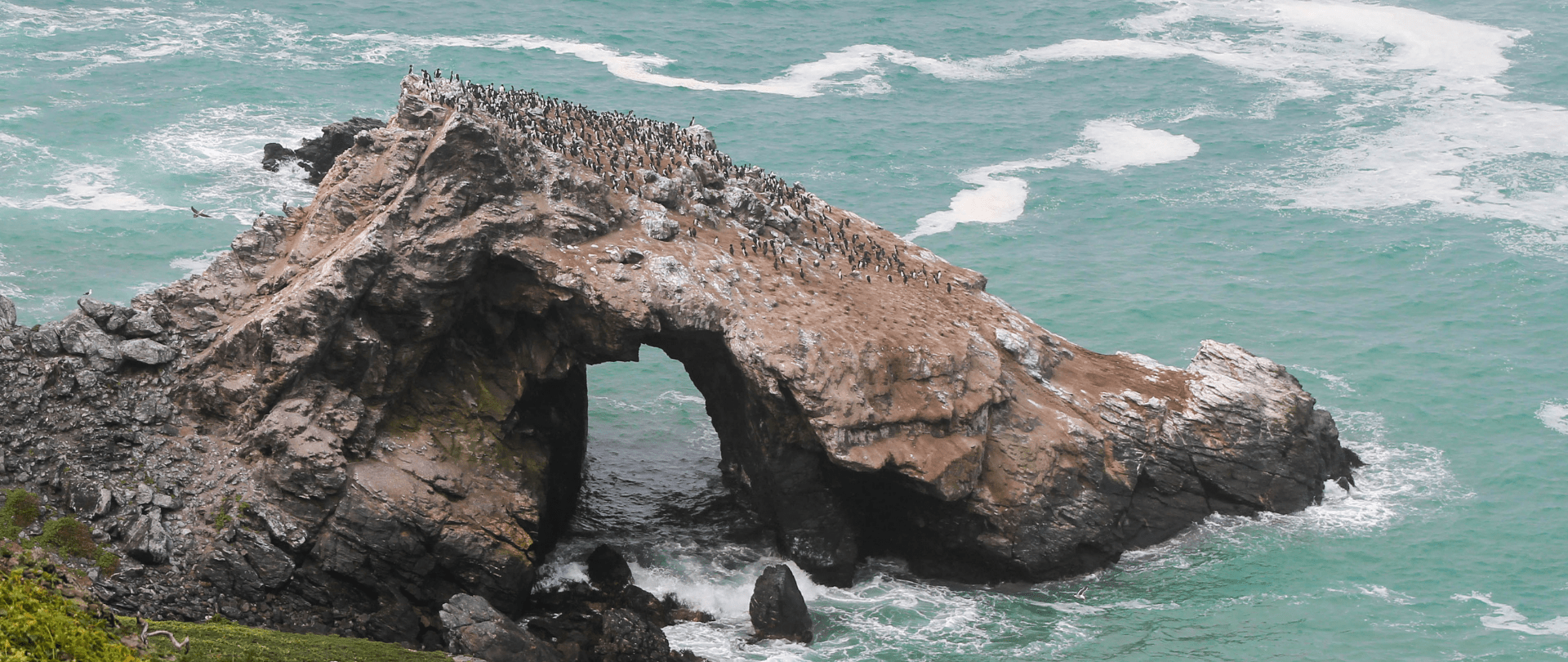
November 28, 2023
Rare will support the effort to restore island-ocean ecosystems by engaging the Coastal 500 network of local leaders in safeguarding biodiversity (Arlington, VA, USA) Today, international conservation organization Rare announced it has joined the Island-Ocean Connection Challenge (IOCC), a global effort to…